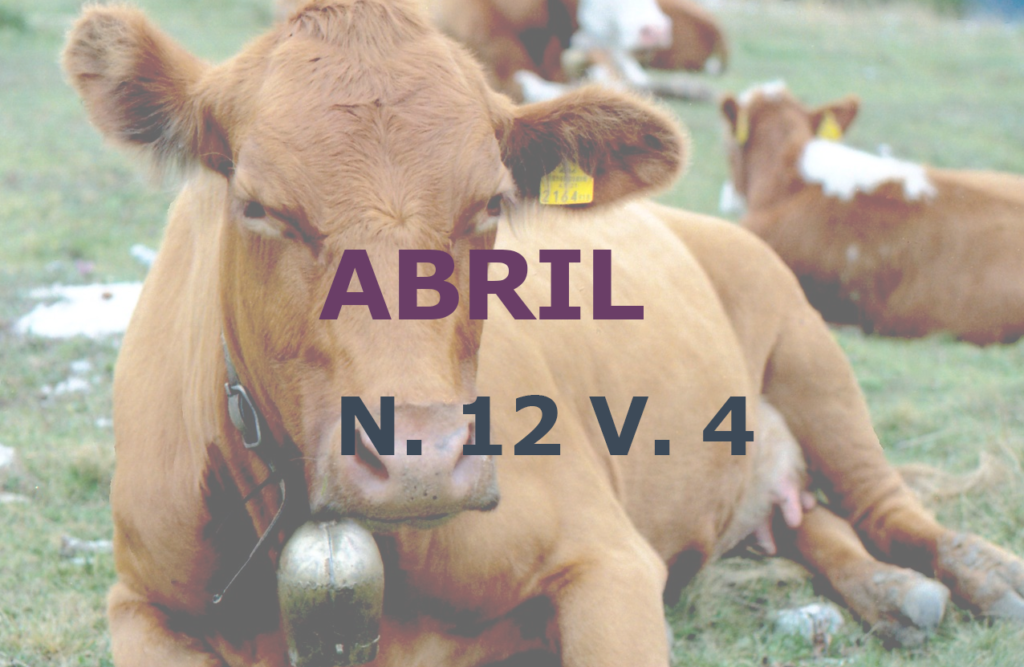Gastrointestinal nematodes in sheep of cutting under grazing regime
DOI:
https://doi.org/10.22256/pubvet.v12n4a65.1-12Keywords:
endoparasites, Haemonchus contortus, sheep, pastureAbstract
Sheep breeding is practiced in practically all the continents, the wide diffusion of the species is due mainly to its power of adaptation. Due to geoclimatic factors, tropical and subtropical countries stand out and settle in the agricultural scenario, and Brazil does not become an exception in this market. Brazil, because it has a considerable part of the herd produced in pasture, which is one of the economic and practical ways of producing and offering bulky ruminants, is one of the main meat producers at one of the lowest production costs. Tropical and subtropical climates, in addition to favoring optimal conditions for the production and development of agricultural and livestock sectors, such as pasture and ruminant farming, also provide favorable conditions for the development and survival of gastrointestinal nematodes. Negative performance of the animals, especially the sheep. Gastrointestinal nematodes, when uncontrolled, can cause 30 to 40% losses in animal performance, especially in the development of young animals and reproductive matrices that are the most sensitive categories, and which are closely related to the growth of the stock. The main nematodes that affect the small ruminants and of greater economic importance for the exploitation of sheep are: Haemonchus contortus and Trichostrongylus axei, both located in the abomasum; Trichostrongylus colubriformis, Strongyloides papillousus, Cooperia sp. and Bunostomum trigonocephalum, in the small intestine and Oesophagostomum columbianum, Trichuris ovis, T. globulosa and Skrjabinema sp., in the large intestine. Morphophysiological characteristics of forage plants such as foliar structure, habit of growth and green mass production, associated to climatic factors, may be factors that influence the permanence of the different stages of free life of the gastrointestinal nematodes in the environment, pastures that do not provide lightning in the lower stratum of the clumps and soils, provide shading and humidity and may potentiate the reinfection of the animals.
Downloads
Published
Issue
Section
License
Copyright (c) 2018 Francisca Fernanda da Silva Roberto, Gelson dos Santos Difante, Lilian Giotto Zaros, Antonio Leandro Chaves Gurgel

This work is licensed under a Creative Commons Attribution 4.0 International License.
Você tem o direito de:
Compartilhar — copiar e redistribuir o material em qualquer suporte ou formato
Adaptar — remixar, transformar, e criar a partir do material para qualquer fim, mesmo que comercial.
O licenciante não pode revogar estes direitos desde que você respeite os termos da licença. De acordo com os termos seguintes:
Atribuição
— Você deve dar o crédito apropriado, prover um link para a licença e indicar se mudanças foram feitas. Você deve fazê-lo em qualquer circunstância razoável, mas de nenhuma maneira que sugira que o licenciante apoia você ou o seu uso. Sem restrições adicionais
— Você não pode aplicar termos jurídicos ou medidas de caráter tecnológico que restrinjam legalmente outros de fazerem algo que a licença permita.





